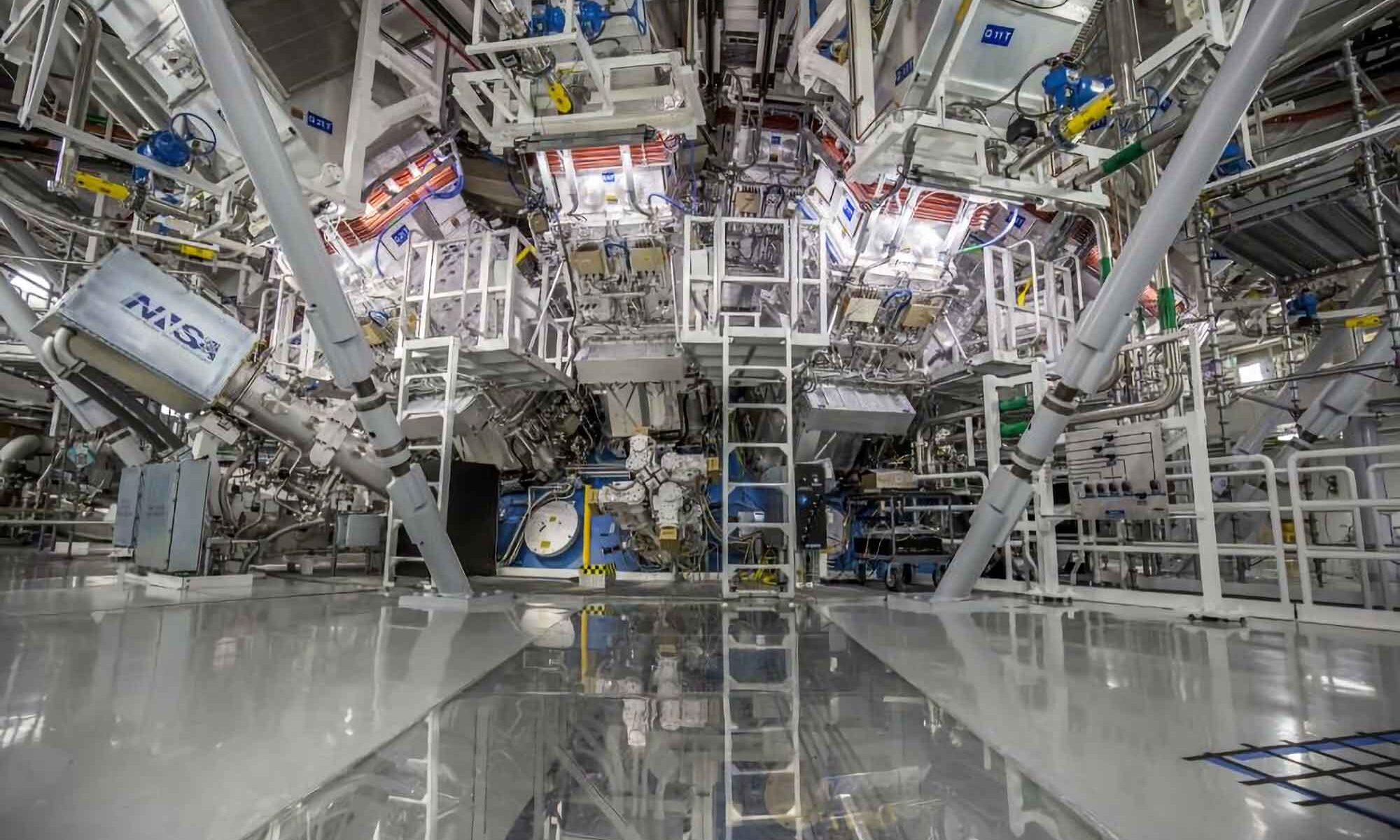When hydrogen atoms fuse, they combine to form helium, releasing more energy and heat than is needed to trigger this process. Unlike nuclear fission, which requires the rare mineral uranium, no radioactive waste is generated in this process. Also, no greenhouse gases are released, making it is possible to generate large amounts of energy safely and carbon-free, without producing waste.
The US researchers manage to generate 3 megajoules of energy by heating a capsule of atomic nuclei with 192 very powerful lasers to 100 million degrees Celsius for a billionth of a second. That’s hotter than the heart of the sun. However, the process with lasers is difficult to scale up.
Kettle of water
Earlier this year, the European collaboration Joint European Torus (JET), involving nearly 5,000 scientists, managed to generate 59 megajoules (11 kilowatts) of energy in five seconds via nuclear fusion. Just enough to boil a kettle of water. However, this experiment took more energy than it produced.
In Cadarache, southern France, the demonstration project ITER (International Thermonuclear Experimental Reactor), a large nuclear fusion reactor working with plasma controlled by magnetism, has been under construction for more than 10 years now.
In this project, China, the EU, India, Japan, Korea, Russia and the US are cooperating. As far as is known, Russian participation falls outside European sanctions rules related to the invasion of Ukraine. ITER is expected to produce 10 times the amount of energy needed to start the process. The first tests should start running by the end of December 2025, but whether this deadline will be met is uncertain.
Image: LLNL



